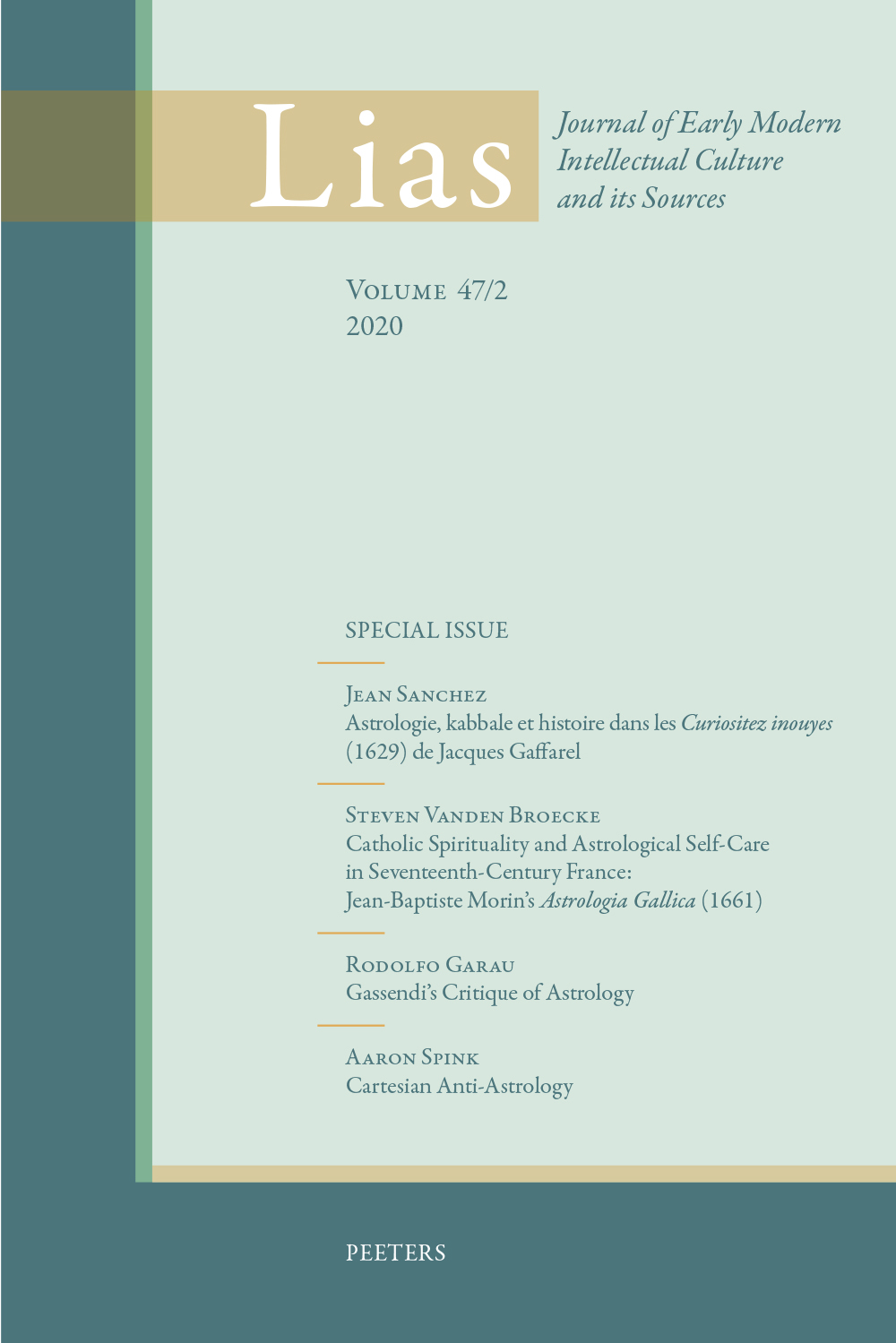 previous article in this issue previous article in this issue |

Preview first page |
Document Details : Title: An Unstable Sublime Subtitle: Milton's Pandemonium and the Baldacchino at St. Peter's in Rome Author(s): DELBEKE, Maarten Journal: Lias Volume: 43 Issue: 2 Date: 2016 Pages: 281-296 DOI: 10.2143/LIAS.43.2.3197380 Abstract : John Milton’s Paradise Lost (1667/1674) has been associated with the sublime from the early eighteenth century onwards. This essay argues that Paradise Lost also references an early seventeenth-century, Roman Catholic notion of the sublime. Milton’s conception of Pandemonium, the council hall of demons described at the close of Book 1, incorporates this notion and gives it new meaning. This essay focusses on shared features of Pandemonium and the Baldacchino (the bronze canopy over the high altar in St. Peter’s basilica in Rome) that have received little critical attention but are closely related to the sublime. That what made the Baldacchino into a paradigm of a papal sublime, for Milton served to imagine a building that ultimately signifies the failure of Satan and his demons to mount a credible challenge to Heaven. |
|


